Search
The new generation of dosimetry phantoms
RTsafe has developed a unique methodology to produce true human anatomy phantoms. Briefly, using a 3D printer, any patient’s CT scan can be used to produce their very own anatomically accurate hollow phantom involving all bone structures and external contour of the head. The resulting avatar is
properly machined to accommodate any kind of point, 2D or 3D dosimeters, according to the end-user’s needs.
Machine QA
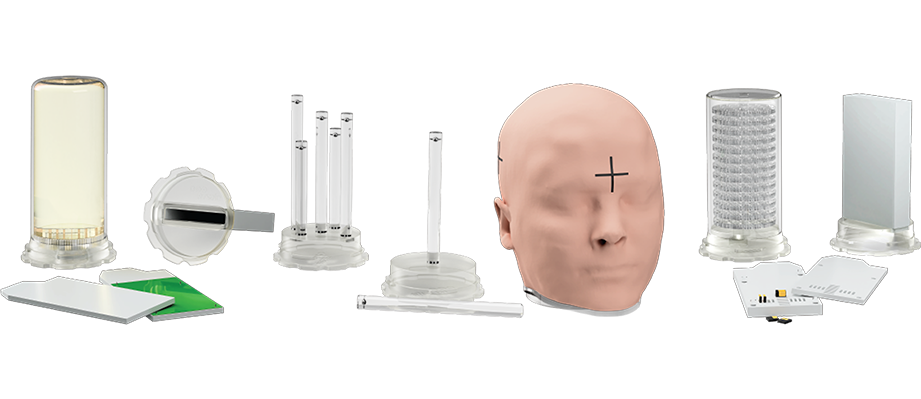
Complexity of contemporary radiotherapy demands a novel approach in quality assurance. Prime is a 3D-printed head phantom that broadens the spectrum of quality assurance through an integrated solution.
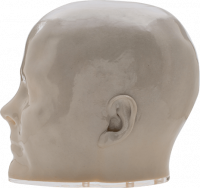
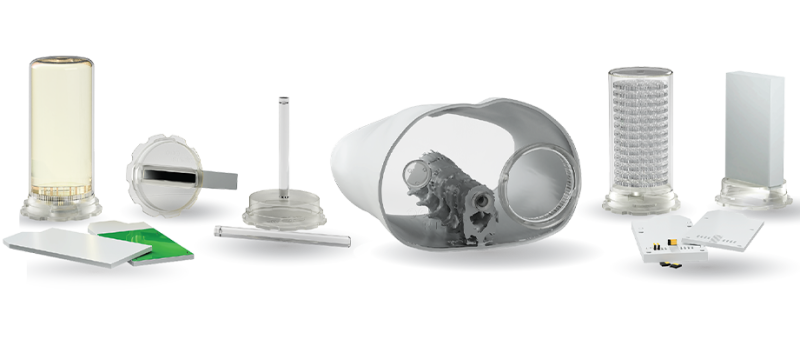
SBRT Phantom
Ensure target localization and patient repositioning
SBRT phantom is an anthropomorphic 3D-printed phantom that simulates the anatomy of an abdominal case, with bone and tissue-equivalent materials. The unique advantage of having realistic bone and soft-tissue contrast in both CT and MR imaging, makes SBRT phantom an excellent tool for online adaptation of advanced SBRT techniques.
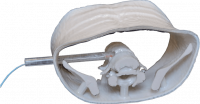

Customized Phantom Services
Meeting specific radiotherapy needs via a user guided service
Modern Radiotherapy is a complex and constantly changing technological environment consisted of many processes. Even minor changes in isolated points of this chain can disturb the balance of the system. QA tools need to always adjust and be able to control all variables and parameters, however commercially available phantoms are mass production products that often fail to fit specific needs.
Dosimetry Services
Advanced dosimetry. Simple implementation.
- Point dosimetry - Calibrated OSL (*nanoDotsTM) dosimeters for absolute dosimetry
- 2D dosimetry - Calibrated EBT3 and EBT-XD **GAFchromicTM films for relative and absolute dosimetry based on single/triple channel protocols
- 3D dosimetry - Polymer gel formulation for relative dosimetry
**GafchromicTM is a trademark of Ashland Inc. (Wayne, NJ)
Patient Safety
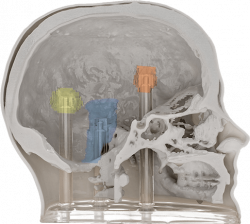
PseudoPatient® is an FDA cleared device constructed by the real patient’s CT data using highly accurate 3D printing technology. It forms an anatomically accurate replica of patient’s head, providing physicians and medical physicists with either direct dose measurements of anatomic regions of high interest (point, 2D), or a full relative 3D dose map, ideal for demanding SRS cases, such as small benign tumors.


